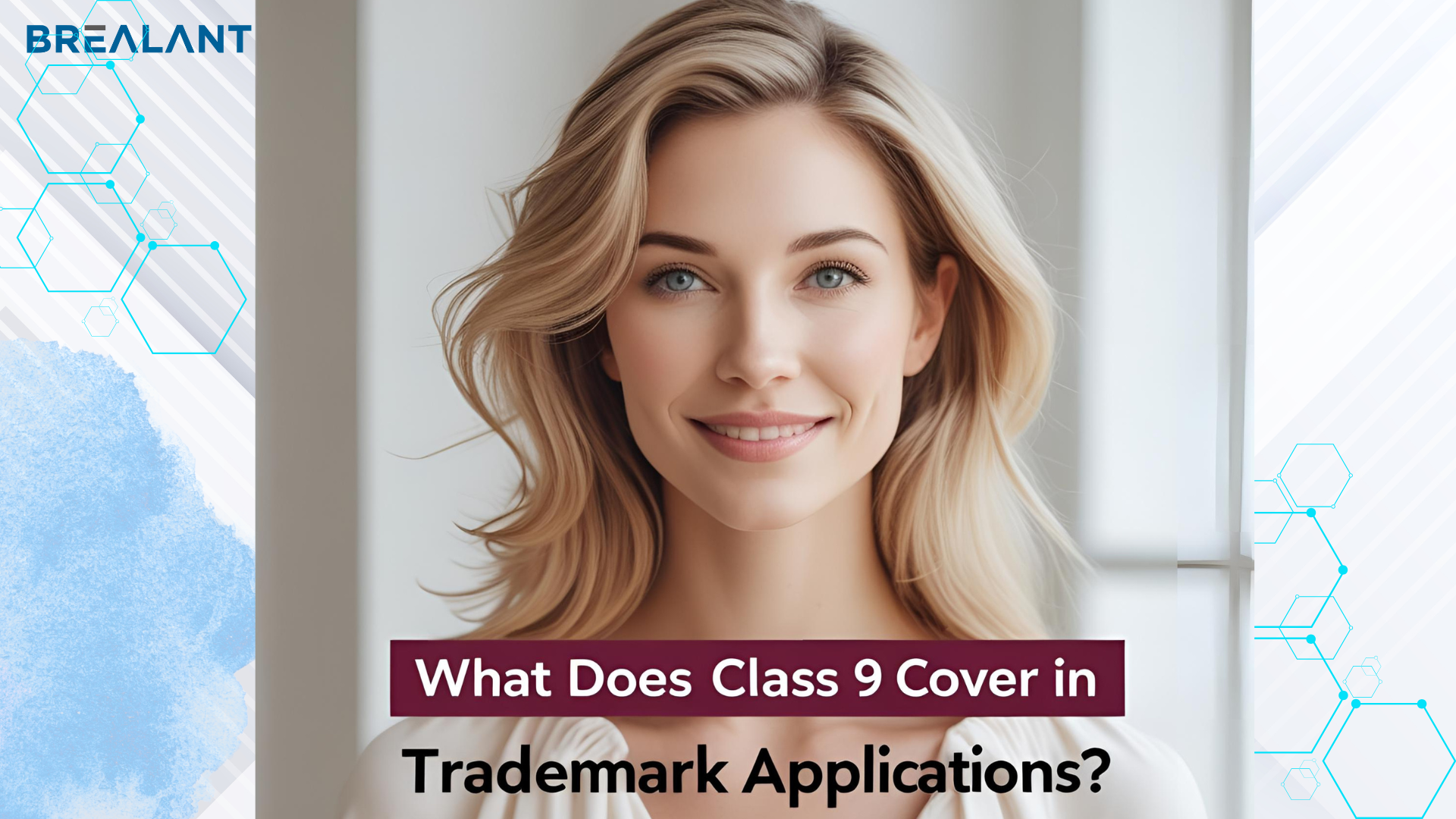

When you’re filing a trademark with the Intellectual Property Office of the Philippines (IPOPHL), one of the first (and hardest) questions you’ll face is: Which trademark class should I choose?
Why does this matter so much? Because your trademark is only protected in the classes you file under. Miss the right one, and someone else might swoop in and register your brand for related products. File too many, and you’ll waste money and risk losing protection later if you can’t prove you’re actually using your mark.
Trademark classes are basically categories of goods and services. The Philippines uses the Nice Classification system, which divides everything into 45 classes: 34 for products and 11 for services.
Think of it this way: the same word can be registered by different companies, as long as they’re in different industries. For example, “Dove” is a soap brand but also a chocolate brand—two totally different classes, no conflict.
If your business has anything to do with tech, electronics, or gadgets, chances are you’ll be looking at Class 9.
This class is huge and covers things like:
But here’s the catch: not everything with electronics falls under Class 9.
This is why many applications get rejected—you have to be precise.
A lot of entrepreneurs think: Why not file in as many classes as possible? More protection, right?
Not really. Here’s why that can backfire:
This has tripped up even big names. In fact, IPOPHL has canceled marks for failure to prove actual use, showing that they take this requirement seriously.
Apple doesn’t just file in Class 9 for iPhones and MacBooks. They also file in:
That way, they cover not just the physical devices but also the services that power them. If Apple only filed in Class 9, they’d leave big gaps competitors could exploit.
Here’s something many startups overlook: your trademark isn’t the only IP protection you have.
This dual protection is powerful: your copyright stops others from copying your work, while your trademark protects the brand identity that customers trust.
Filing your trademark in the right class is the foundation of protecting your brand. Do it wrong, and you could lose your rights—or worse, open the door for competitors.
So, before you hit submit on your IPOPHL application, make sure you’ve chosen carefully. If you’re not sure, don’t guess. Talk to an IP professional who can guide you through the process.
👉 If you’re ready to get started, Brealant can help you file your trademark with IPOPHL and make sure you’re covered in the right way from day one.